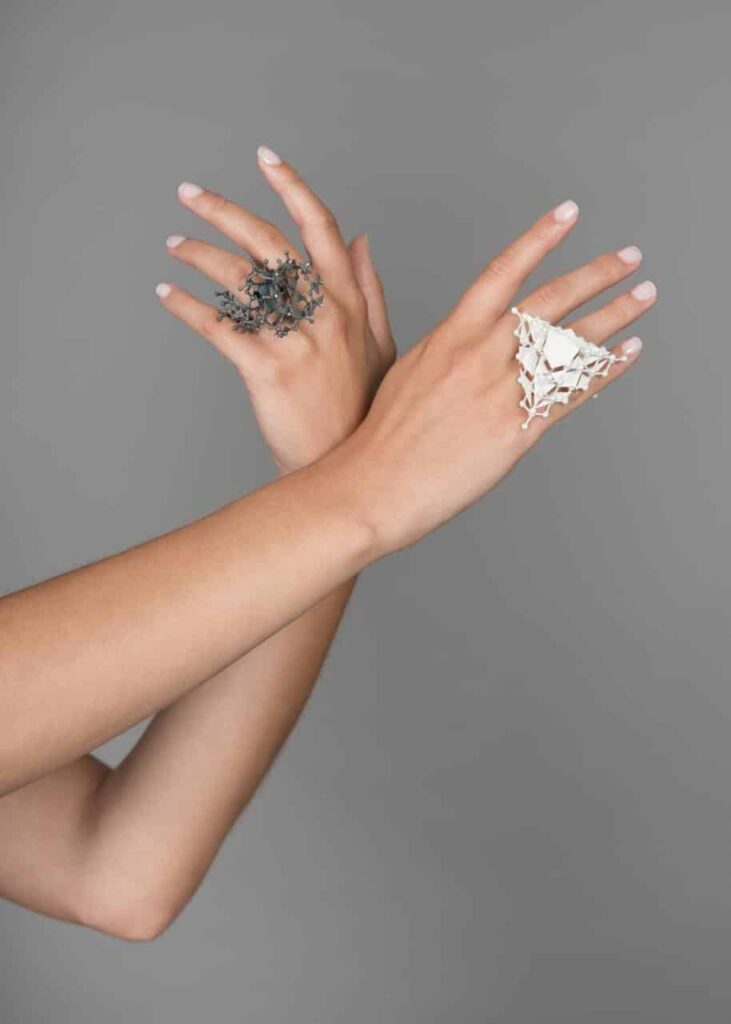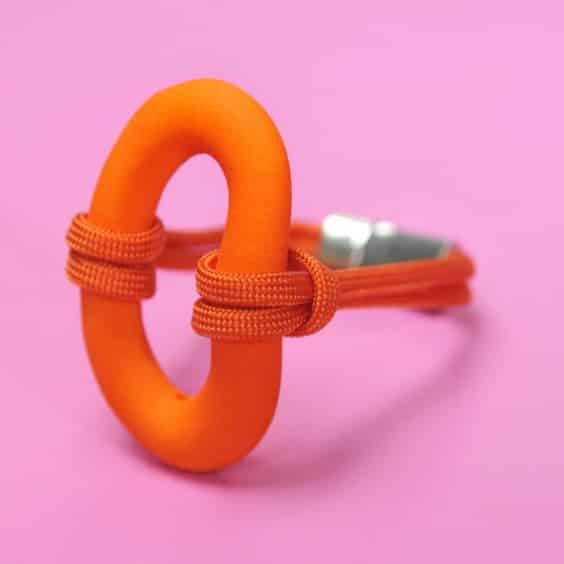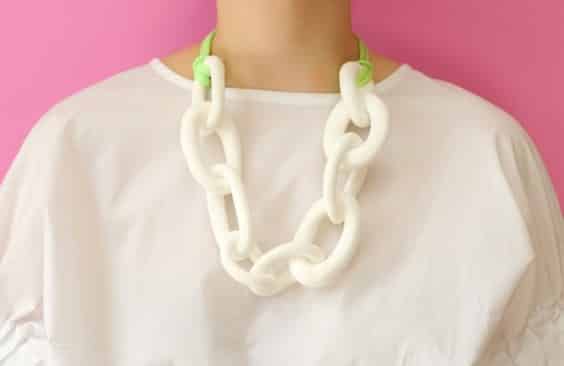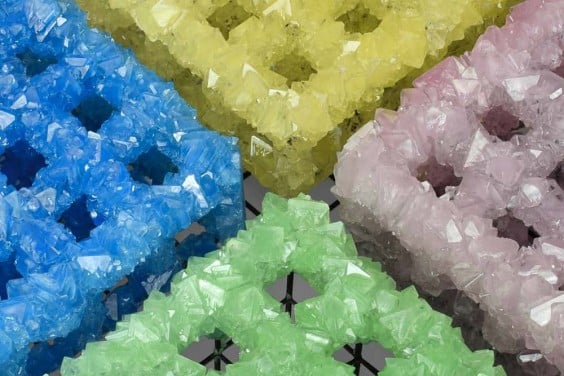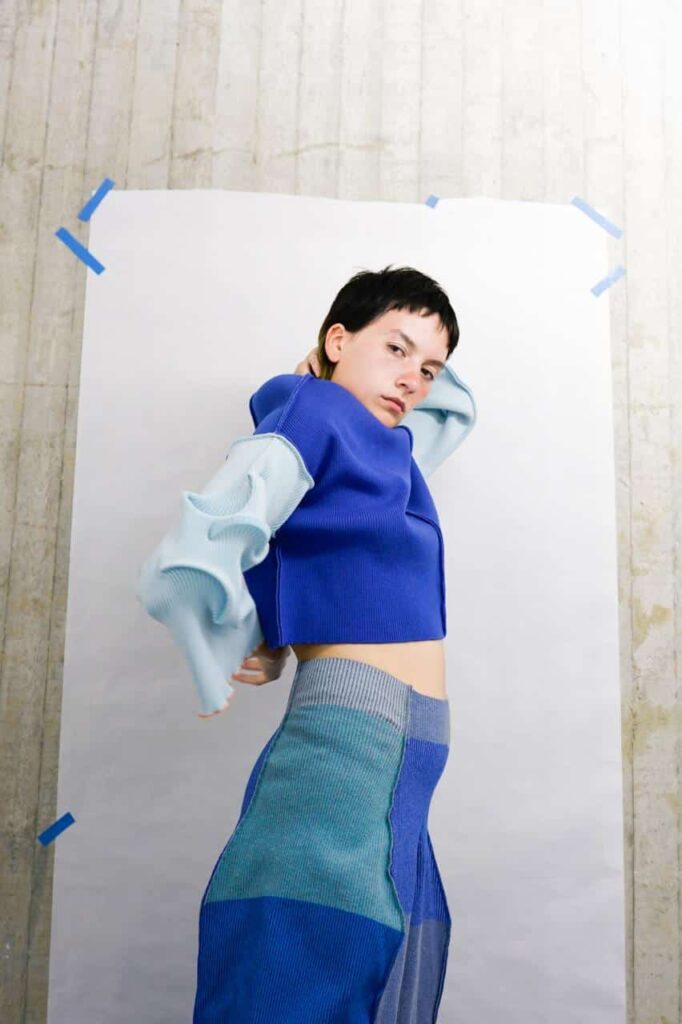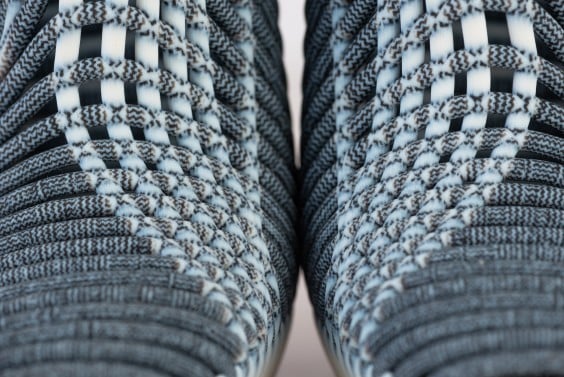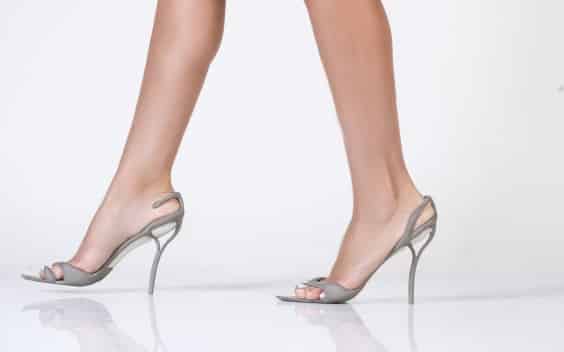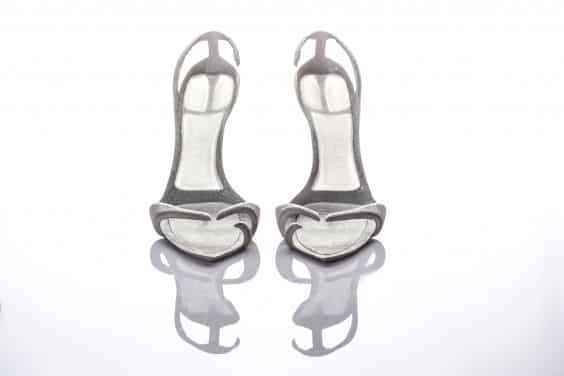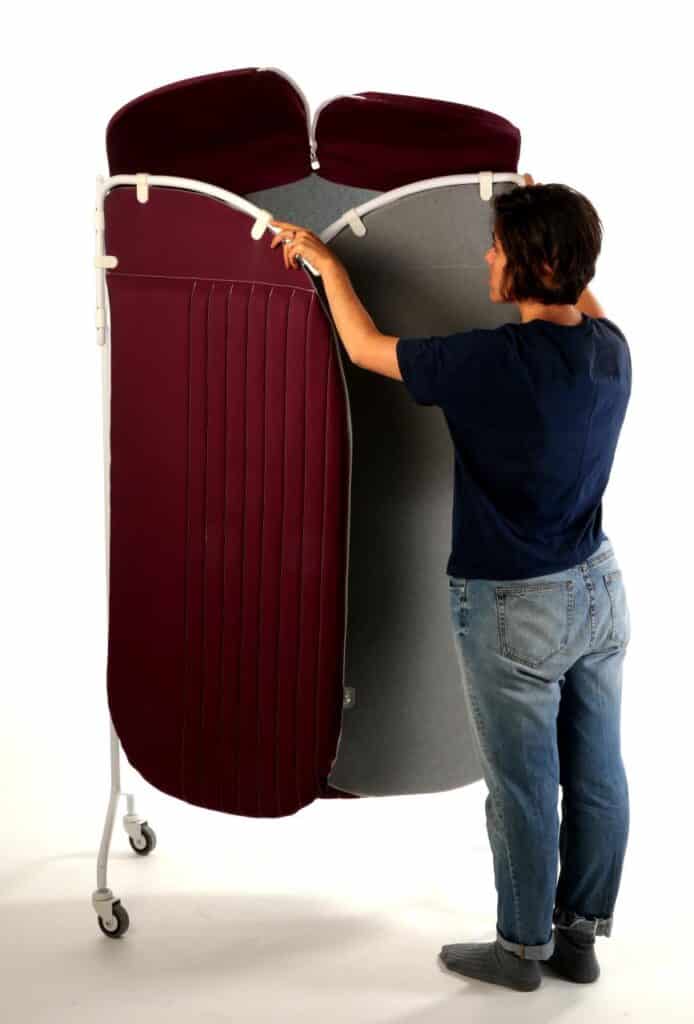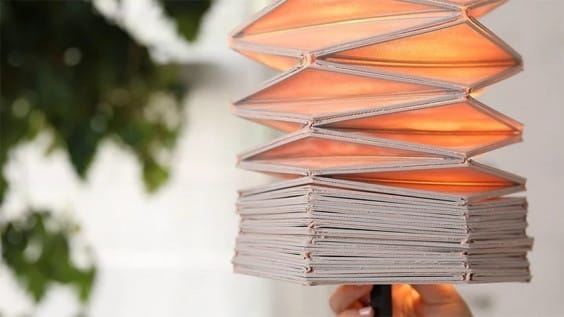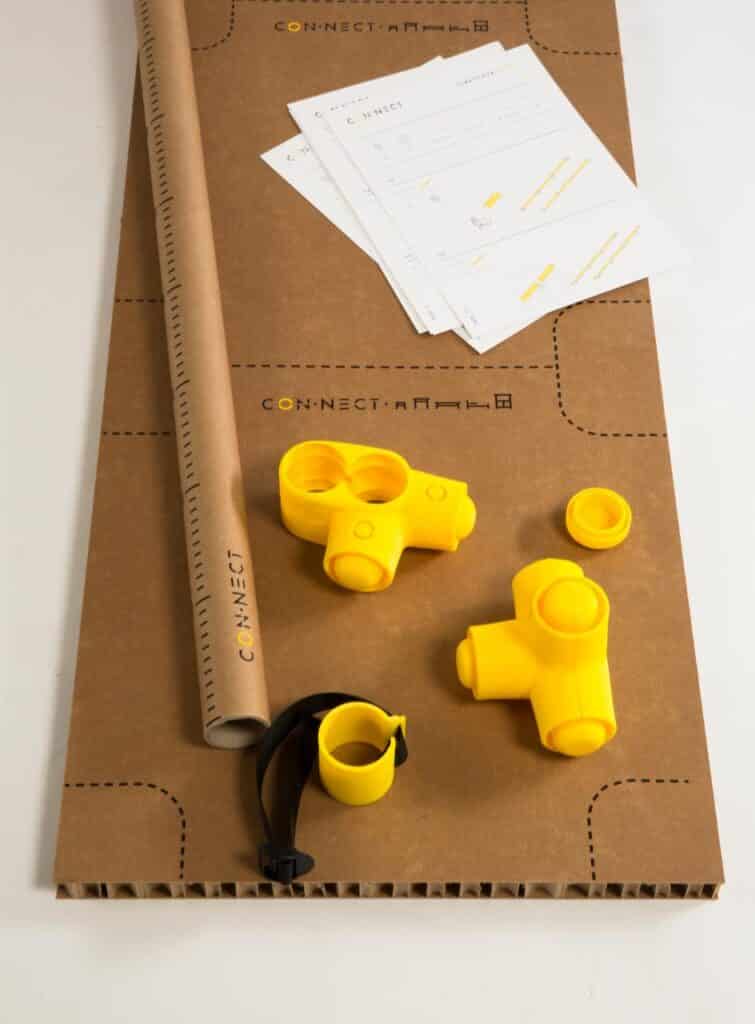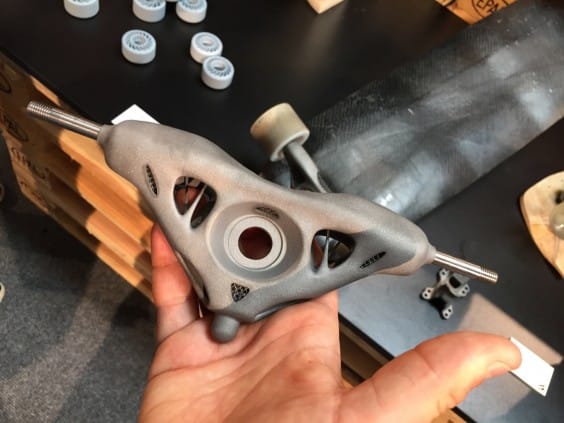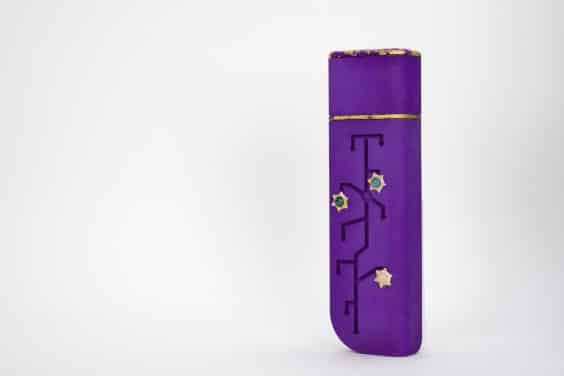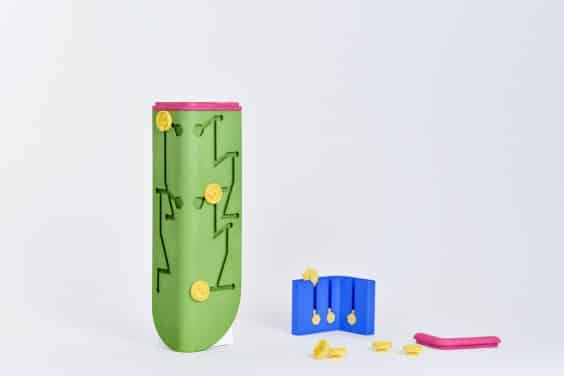One of the pleasures of summer (except days at the beach) is the graduation season at the design schools. Schools and especially design schools are a base for innovation and serve as a mirror that reflects today’s state of mind. Student’s work, while no restriction like commercial considerations, offers us a glance at the state of the ecosystem from the creative perspective.
In this post, we’ve collected the best graduation design from 2017 to 2019. We’re impressed by the seamless integration of 3D printing in design graduation projects. Many of the students are using 3D printing as a structure or a platform, indicating a deeper understanding of the technology and its advantages.
Jewelry and Accessory
In her project GeMolecule, Bar Elias a recent graduate of the Department of Jewelry and Fashion at Bezalel Academy of Arts and Design researched gemstones. Using 3D printed nylon, silver, and gemstones, she explored the unique molecular structure of precious stones, leading to their characteristics such as strength and color, down to their final shape and finish. The completed pieces of jewelry derive inspiration from the atoms composing the stones and the way they connect, bringing a new perspective to one of nature’s resources.
Nina Gregg, a Rhode Island School of Design (RISD) student, already has her own line of 3D printed jewelry. Her process includes creating prototypes in various materials such as clay, 3D scanning them and eventually 3D printing them, by doing so the digital fabrication method gets a personal touch.
Last but not least, recent Design Academy Eindhoven graduate, Felix Mollinga grows crystals on 3D printed structures. Mollinga sees mineral crystals as the oldest form of additive manufacturing. While 3D printing forms layer by layer in a controlled manmade environment, crystals grow by organically solidifying layer on top of layer in the earth’s crust. Mollinga managed to manipulate the growth of crystals by designing and 3D printing intricate structures, the crystals follow the 3D printed forms, growing according to the design.
Fashion
Lingxiao Luo, Royal College of Art Knitwear graduate, combined 3D printed elements in AddiToy, a knitwear collection influenced by toys, their characteristic bright colors, and graphics. Knitting machines are also a digital manufacturing method so the entire garment is digitally manufactured. Luo developed 3 methods of 3D printing directly onto knitwear in order to create joinery and 3-dimensional shapes.
One of her methods is 3D printing a flexible filament onto a tightly knitted elastic fabric, the difference in the tension between the two materials results in a twisting effect, transforming into a 3-dimensional structure.
Another method takes 2 different knitted textiles side by side and joins them together by 3D printing an additional layer on top of them. “3D printing can offer the knitting more structure and the knitting can make the 3D printing more wearable, that’s the starting point of my technique!” says Luo.
At the Jewelry and Fashion department at Bezalel Academy of Art and Design, graduate Ganit Goldstein mentored by Yaron Ronen also combined 3D printing with textile, specifically a Japanese weaving technique called IKAT. Goldstein’s project ‘Between the Layers’ which includes 7 outfits and 6 pairs of shoes (one of them printed in collaboration with Stratasys using Connex 3), aims to create an unexpected harmony between digital manufacturing and traditional handcraft. During a semester in Japan, she was exposed to the traditional IKAT weaving, where the threads are dyed prior to the weaving process specifically in order to create colorful patterns in the fabric. Here the weaving system includes a 3D printer where layer by layer Goldstein weaves the threads between the printed layers during the process. Goldstein collaborated with Intel using their RealSense technology to scan her body, the scans were then manipulated to achieve her designs and 3D printed on her home Prusa printers, referring to the possibility of producing garments that are designed specifically to fit an individual. “This allows a perfect fit for different bodies, and ultimately, it brings the custom-made fashion, one step closer to our daily life,” says Goldstein (below photos by Michael Tzur).
Footwear
Nadin Ram another Jewelry and Fashion Bezalel graduate, fantasizes about being ‘born in heels’, in order to come closer to achieving that fantasy she designed and 3D printed an exoskeleton shoe. The Titanium Skeleton uses anatomical and minimal structures to hold the foot in a high heel position. The inner part of the shoe is 3D printed as well, using transparent PLA, can be separated and replaced for different colors, textures or firmness. Ram, mentored by Eliora Ginsburg, collaborated with the Israeli Institute of Metals at the Technion, the Israel Institute of Technology, together they printed the shoe in Titanium using EBAM (below).
Another sustainable 3D printed solution comes from the Faculty of Multimedia Communication at Tomas Bata University, where postgraduate student Lucie Trejtnarová created an organic 3D printed shoe collection. The collection combines 3D printing with sustainable materials such as coconut leather, and Piñatex, a textile made from pineapple leaves. Trejtnarová used 3D printing for the creation of the insoles, specifically TPU-based Flexfill 98A from Fillamentum. The characteristics of the material allowed Trejtnarová to use 3D printing for both the prototyping phase as well as the final production phase of the outsoles, enabling both durability and flexibility as well as recyclability.
Furniture and Home Accessories
TORY by Noa Rich began at the ALYN Children’s Rehabilitation Hospital in Jerusalem examining the need for small therapeutic personal spaces within the public space of the hospital. Rich, an Industrial Design graduate at Bezalel, designed a system that creates temporal solutions relating to the different human and architectural needs of the hospital’s patients. Using textile and 3D printing she created 3 object/spaces providing an intimate and safe place for child and therapist.
Yael Akirav, a recent Industrial Design graduate from Bezalel Academy of Arts and Design, mentored by Dori Regev, used 3D printing as a conductive element as well as a structural one. The filament, 3D printed directly on textile, acts as the skeleton for the origami-inspired light fixtures. The action of unfolding, stretching or extending, replaces the common action of the switch, offering a new way of interacting with a light fixture.
The Expectation of Our Future
For his graduation project, Amir Argov, Industrial Design Graduate from Bezalel, designed a set of elements to rebuild the objects needed after a natural disaster. The 3D printed connectors can be used to construct objects such as crutches or furniture, helping the population adapt and regain a sense of everyday life.
Project T.O.S.T., which stands for Topology Optimized Skateboard Trucks, won the design category and the best student project at the 3D Pioneers design challenge. Philipp Manger, a student at Ernst-Abbe-Hochschule Jena (University of Applied Science) in Germany, used topology optimization to create reduced weight internal geometries. In the words of the judges: “It’s so lightweight, that even Marty McFly could hover on it”.
Design for Religion
MyZuzah is a 3D Printed Mezuzah designed by Sofi Alhazov who recently graduated from the Department of Jewelry and Fashion at Bezalel. The project presents a new take on the traditional Mezuzah, a Jewish artifact, meant to protect the house and its inhabitants. Alhazov uses 3D printing together with gemstones as well as silver and gold leaves, creating a sense of play individuality and intimacy in a commonly practiced ritual.

